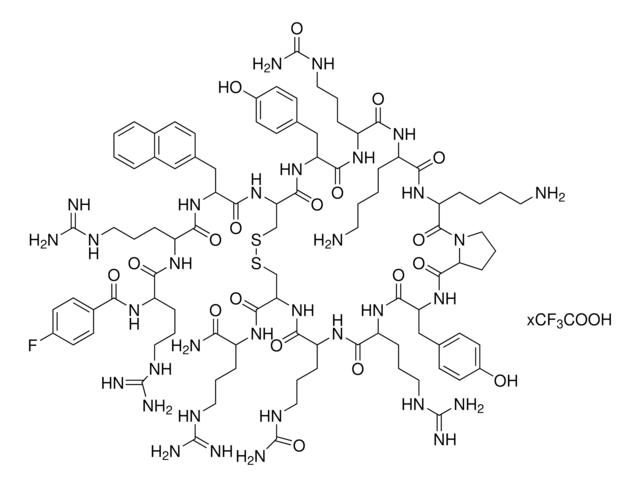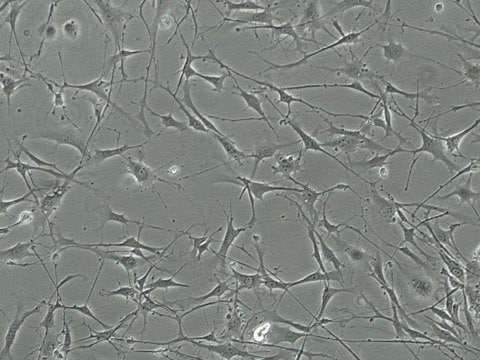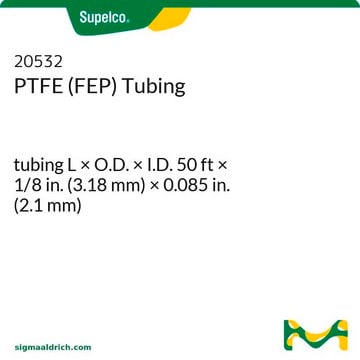934380
1-Piperazinecarboxylic acid, 4-(4-piperidinyl)-, 1,1-dimethylethyl ester
≥98%
别名:
1-Boc-4-(piperidin-4-yl)-piperazine, 1,1-Dimethylethyl 4-(4-piperidinyl)-1-piperazinecarboxylate (ACI), 1-tert-Butoxycarbonyl-4-(piperidin-4-yl)piperazine, 1-Boc-4-(piperidin-4-yl)piperazine, 2-Methylpropan-2-yl 4-(piperidin-4-yl)piperazine-1-carboxylate, 4-(Piperidin-4-yl)piperazine-1-carboxylic acid tert-butyl ester, tert-Butyl 4-(4-piperidyl)piperazine-1-carboxylate, tert-Butyl 4-(piperidin-4-yl)piperazine-1-carboxylate
登录查看公司和协议定价
所有图片(1)
About This Item
推荐产品
应用
A semi-flexible linker useful for PROTAC development for targeted protein degradation. Incorporation of rigidity into the linker region of PROTACs may impact degradation kinetics as well as ADMET properties of PROTACs.
Technology Spotlight: Degrader Building Blocks for Targeted Protein Degradation
Protein Degrader Building Blocks
Technology Spotlight: Degrader Building Blocks for Targeted Protein Degradation
Protein Degrader Building Blocks
法律信息
PROTAC® is a registered trademark of Arvinas Operations, Inc., and is used under license.
PROTAC is a registered trademark of Arvinas Operations, Inc., and is used under license
储存分类代码
11 - Combustible Solids
WGK
WGK 3
闪点(°F)
Not applicable
闪点(°C)
Not applicable
历史批次信息供参考:
分析证书(COA)
Lot/Batch Number
Jingwei Shao et al.
Advanced science (Weinheim, Baden-Wurttemberg, Germany), 8(20), e2102555-e2102555 (2021-08-17)
DNA-binding proteins, including transcription factors (TFs), play essential roles in various cellular processes and pathogenesis of diseases, deeming to be potential therapeutic targets. However, these proteins are generally considered undruggable as they lack an enzymatic catalytic site or a ligand-binding
Daniel P Bondeson et al.
Annual review of pharmacology and toxicology, 57, 107-123 (2016-10-13)
Protein homeostasis networks are highly regulated systems responsible for maintaining the health and productivity of cells. Whereas therapeutics have been developed to disrupt protein homeostasis, more recently identified techniques have been used to repurpose homeostatic networks to effect degradation of
Momar Toure et al.
Angewandte Chemie (International ed. in English), 55(6), 1966-1973 (2016-01-13)
The current inhibitor-based approach to therapeutics has inherent limitations owing to its occupancy-based model: 1) there is a need to maintain high systemic exposure to ensure sufficient in vivo inhibition, 2) high in vivo concentrations bring potential for off-target side effects, and 3) there is
Kedra Cyrus et al.
Molecular bioSystems, 7(2), 359-364 (2010-10-06)
Conventional genetic approaches have provided a powerful tool in the study of proteins. However, these techniques often preclude selective manipulation of temporal and spatial protein functions, which is crucial for the investigation of dynamic cellular processes. To overcome these limitations
Philipp M Cromm et al.
Cell chemical biology, 24(9), 1181-1190 (2017-06-27)
Traditional pharmaceutical drug discovery is almost exclusively focused on directly controlling protein activity to cure diseases. Modulators of protein activity, especially inhibitors, are developed and applied at high concentration to achieve maximal effects. Thereby, reduced bioavailability and off-target effects can
我们的科学家团队拥有各种研究领域经验,包括生命科学、材料科学、化学合成、色谱、分析及许多其他领域.
联系客户支持






![聚[(9,9-二辛基芴基-2,7-二基)-co-并噻吩] 99.9%](/deepweb/assets/sigmaaldrich/product/structures/309/000/8b4a3f54-7765-4aca-96c4-74ce328d455d/640/8b4a3f54-7765-4aca-96c4-74ce328d455d.png)

